An eco-friendly alternative to leather made from pineapple leaf fibers

Piñatex is a sustainable and versatile textile which is already used in the making of bags, footwear and furnishing
Piñatex is a sustainable and versatile textile which is already used in the making of bags, footwear and furnishing
Carmen Hijosa was working in the design and manufacture of leather goods, when she started searching for a sustainable alternative. In the Philippines, she was introduced to a non-woven textile made from pineapple leaf fibers, which closely resembles leather and has been used by locals in clothes-making for generations. After discovering the possibilities of these natural fibers, she partnered with local weavers to experiment with transforming it into a mesh.
She founded the London-based start-up called Ananas Anam and in 2013, after 7 years of research and development, her dream came true when her team officially launched the innovative textile called Piñatex. It is a durable and degradable textile, made from the agricultural by-products of pineapple farming (thus requiring no use of additional land, water and fertilizers). It also weighs and costs significantly less than leather. For the creation of a square meter of Piñatex, around 480 leaves are needed. An estimated 40,000 tonnes of such pineapple waste is generated globally each year, which is typically just burned or left to rot.
Currently, the material features a non-biodegradable protective top layer for durability, although the company is working towards a natural alternative that would make the fabric fully biodegradable. Ananas Anam has been recognized within the fashion industry as a pioneer in the development of innovative and sustainable textiles.
Creation process
· Extraction of fibers -a process called decortication-, done at the plantation
· Unification of the fibers into a non-woven mesh textile
· The resulting material is given a protective coating in a local factory in the Philippines
· The final transformation of the fiber mesh into Piñatex takes place in a textile finishing factory in Barcelona, Spain
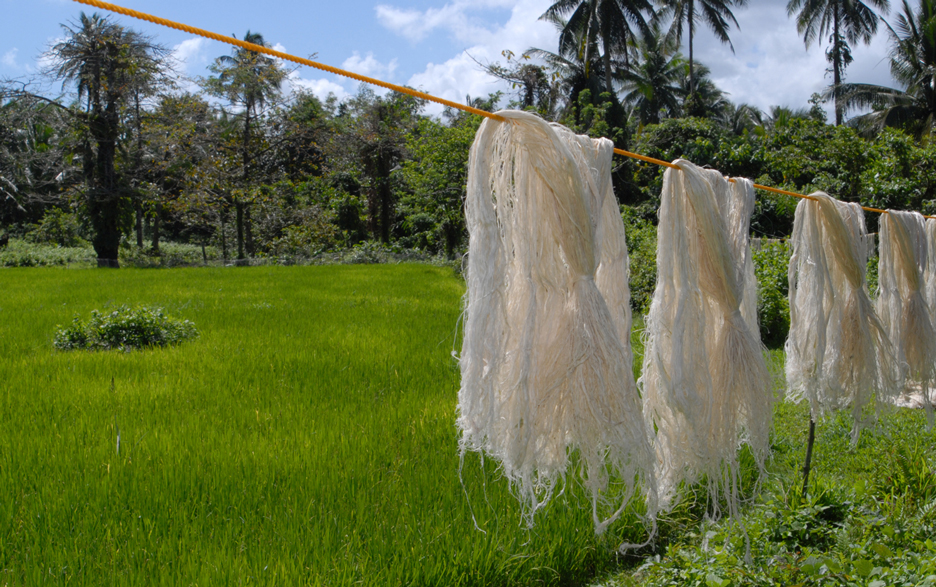
Local factories in the Philippines separate strands and unite into a non-woven fabric
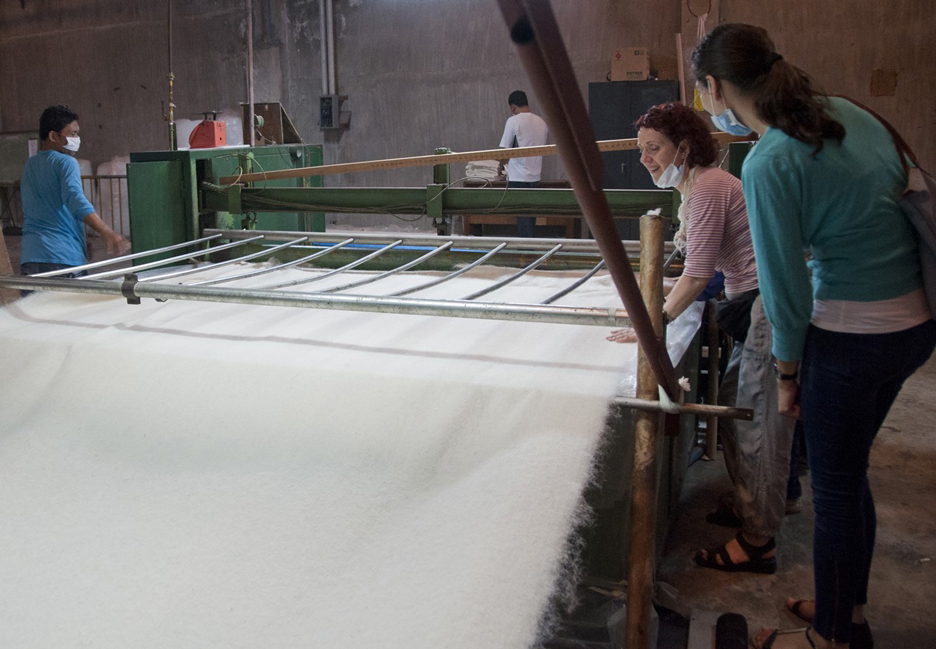
Pinãtex can be purchased on a roll of 1.55m in width, avoiding wastage caused by irregularly shaped leather hides
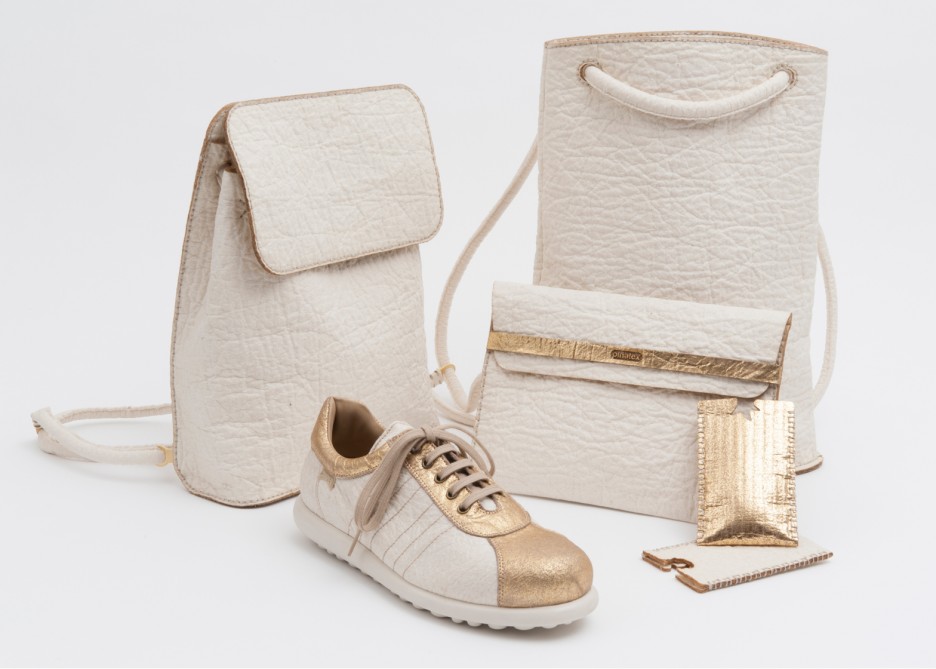
Shoe brand Camper and fashion brand Ally Capellino have developed prototypes with Piñatex
Media
Want to read more like this story?
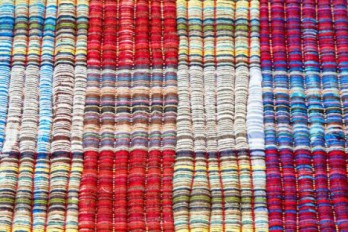
A new circular economy concept for textiles and chemicals
Sep, 26, 2017 | NewsAn innovative textile recycling plant could recycle 500 tons of waste per year An innovative textil...
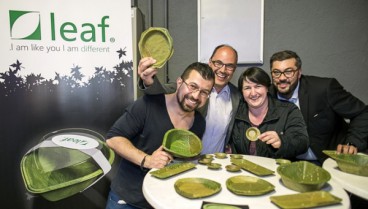
Feel nature in your hands with tableware made of tree leaves
Dec, 07, 2016 | NewsBiodegradable food packaging that uses no plastics, additives, glue or chemicals Biodegradable fo...
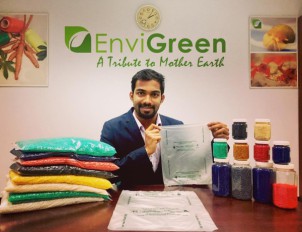
‘Plastic’ bags made from potato and tapioca
Mar, 27, 2017 | NewsThey are not only biodegradable, but edible too! They are not only biodegradable, but edible too!...
Sustainable building materials and products: the latest trends
Jun, 30, 2023 | NewsArchitects and designers face numerous challenges when creating sustainable buildings or structures...

Bags made from old sailcloths that smell like the ocean breeze
May, 26, 2017 | NewsEach item carries the stories of the sail it is made from Each item carries the stories of the sail...
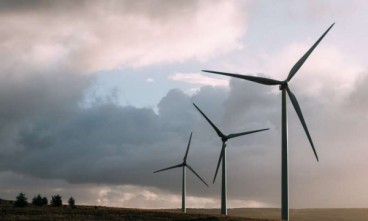
New warning system monitors the internal damage of fiber-reinforced polymer materials
Feb, 17, 2020 | NewsScientists have created a new system capable of detecting damage in fiber-reinforced polymer materia...
A 3D-Printed house to be made entirely from bio-based materials
Dec, 09, 2022 | NewsMaine doesn’t have enough affordable housing or enough workers to build more, but it does have quit...
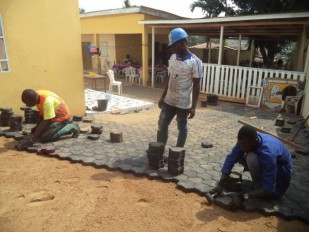
Plastic bags in Cameroon are turned into durable and sustainable floor tiles
Dec, 25, 2017 | NewsAn innovative way to deal with the thousands of plastic bags thrown away An innovative way to deal...

3D-printed buildings using soil material
Sep, 24, 2020 | NewsResearchers have developed a new technique to construct a building using a 3-D printer and soil mate...
Trending

Vertical gardens in Mexico City to combat pollution

Saudi Park Closed After 360 Big Pendulum Ride Crashes to Ground, 23 injured

Characteristics of Load Bearing Masonry Construction

Taipei 101’s impressive tuned mass damper

Dutch greenhouses have revolutionized modern farming

Federal court rules Biden’s offshore drilling ban unlawful


